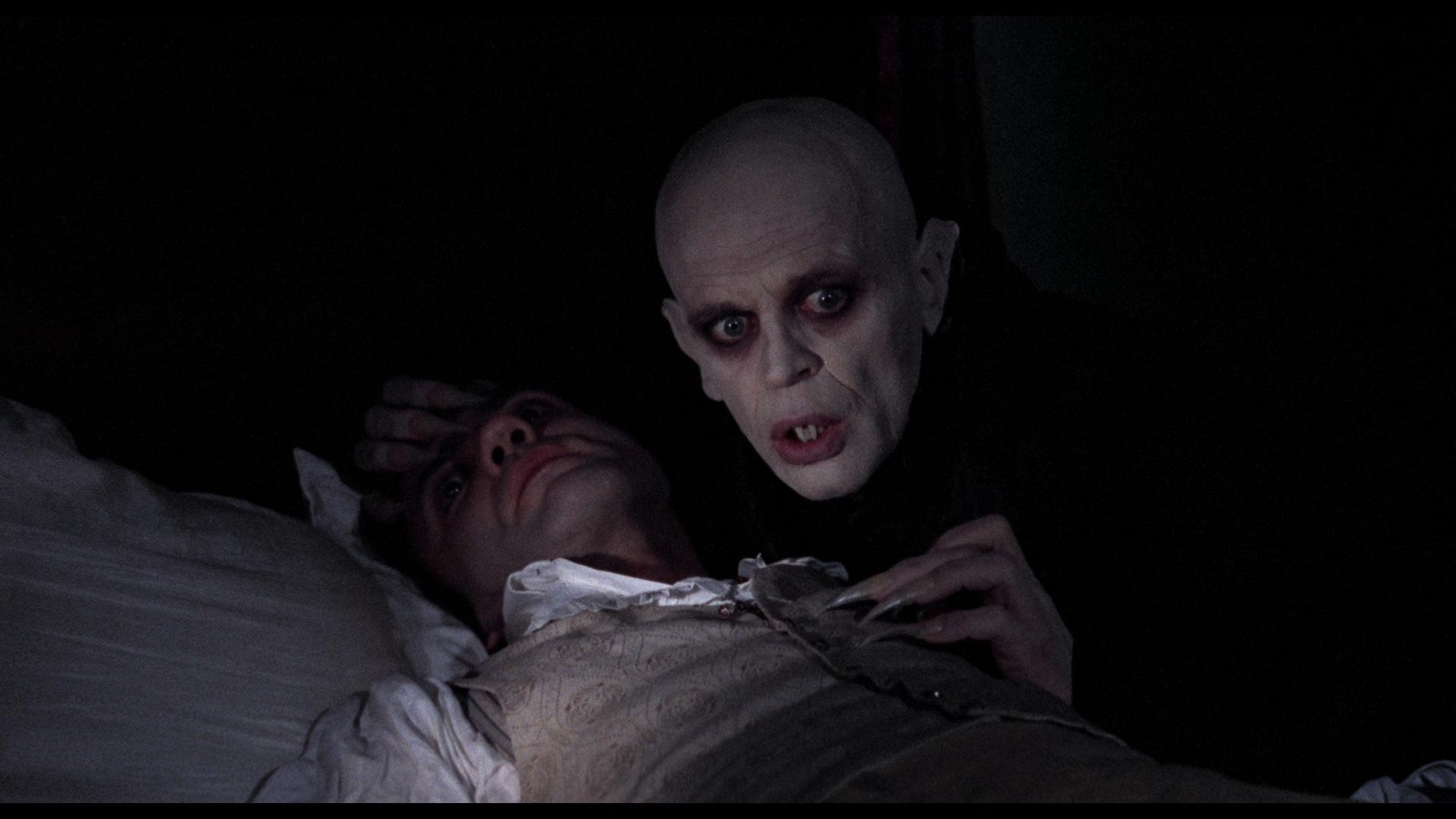Nosferatu the Vampyre

Celebrated German filmmaker Werner Herzog’s only horror film is as rich with artistry and tragedy as his most grounded, human work.
It is 1850 in the beautiful, perfectly-kept town of Wismar. Jonathan Harker (Bruno Ganz, Downfall; Wings of Desire) is leaving on a long journey over the Carpathian Mountains to finalize real estate arrangements with a wealthy nobleman. His wife Lucy (Possession’s Isabelle Adjani) begs him not to go and is troubled by a strong premonition of danger. Despite her warnings, Jonathan arrives four weeks later at a large, gloomy castle. Out of the mist appears a pale, wraith-like figure with deep-sunken eyes who identifies himself as Count Dracula (Klaus Kinski). The events that transpire slowly convince Harker that he is in the presence of a vampire. Even still, he doesn’t realize the magnitude of danger he, his wife and his town are about to experience.
Herzog's presentation draws upon on F.W. Murnau's original Nosferatu — and is referenced in the 2024 version by Robert Eggers — but offers an atmospheric, arthouse take on the classic vampire tale. Roger Ebert describes of Klaus Kinski's expressive performance as Count Dracula, “It is about the mood and style of vampirism, about the terrible seductive pity of it all.”
Part of our "Nosferatu Afterlives" series. Courtesy of AGFA. In German and Romani with English subtitles.
